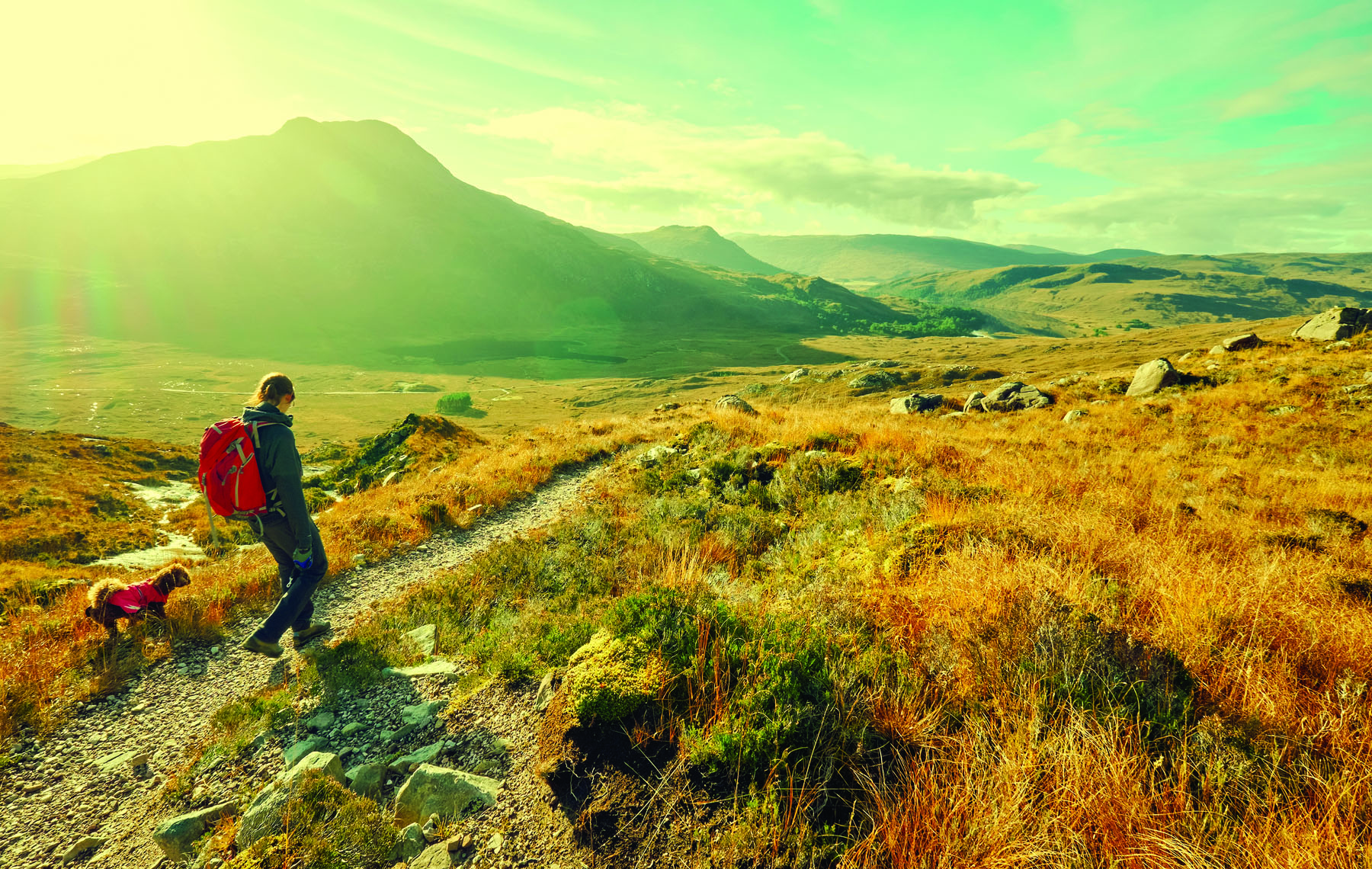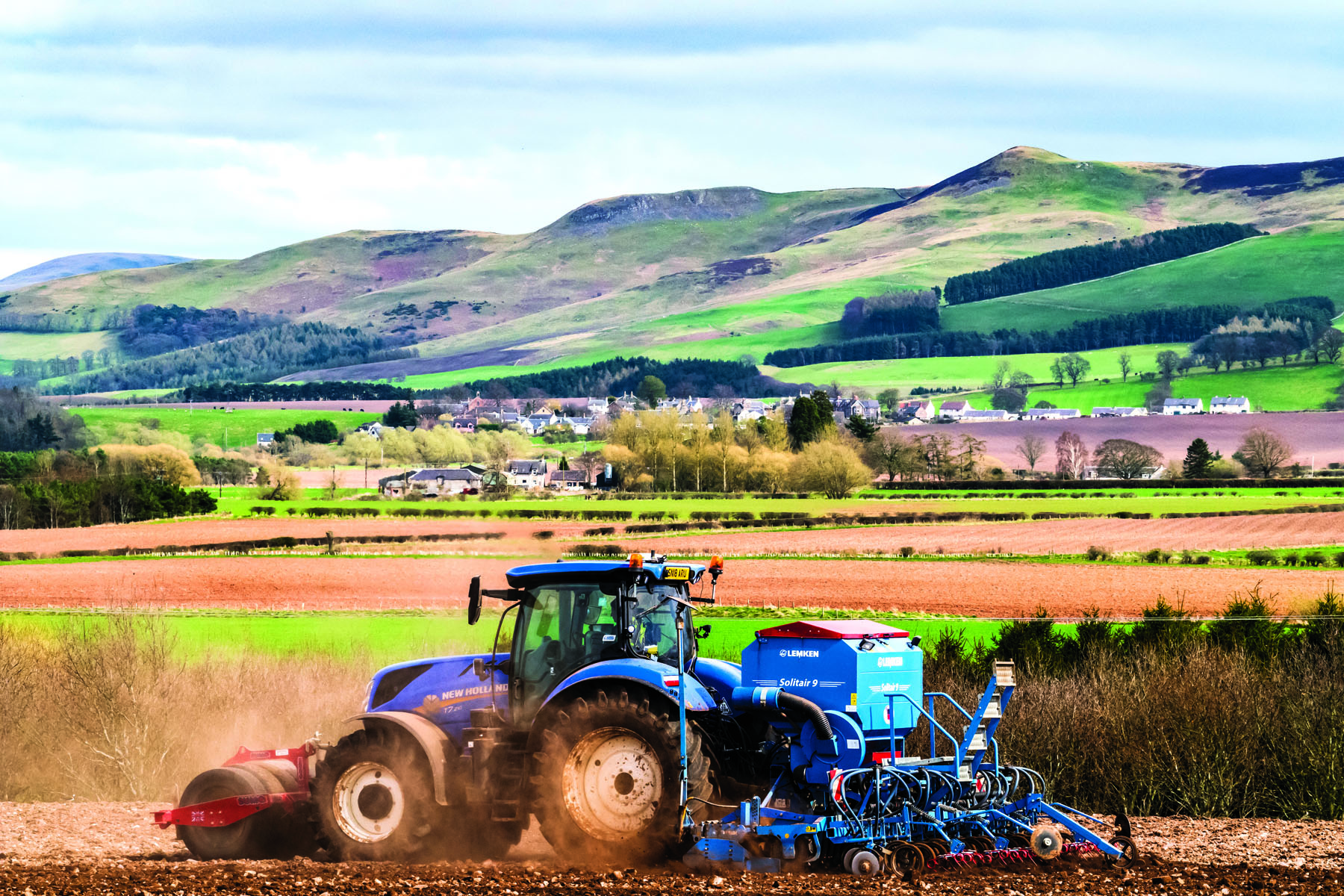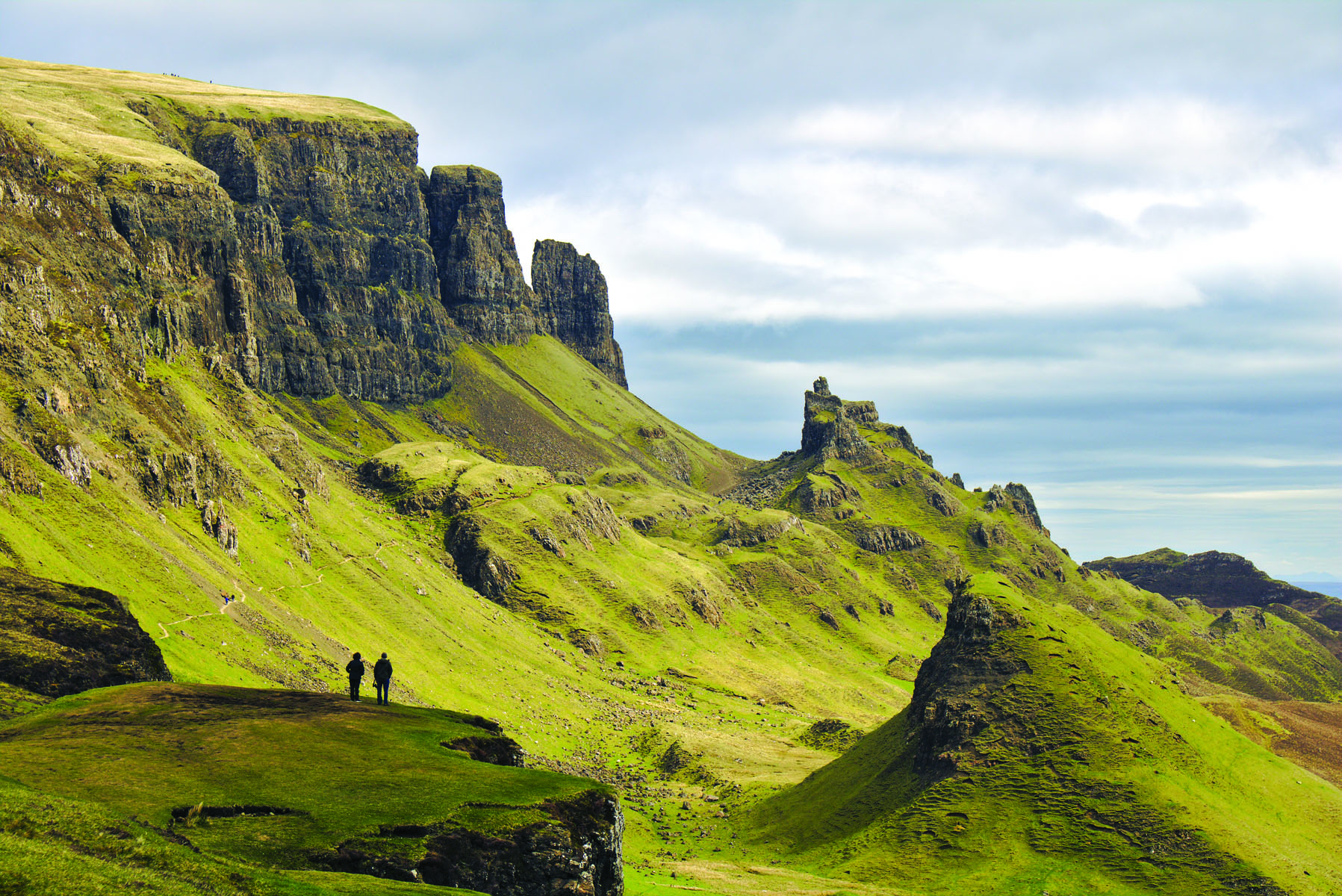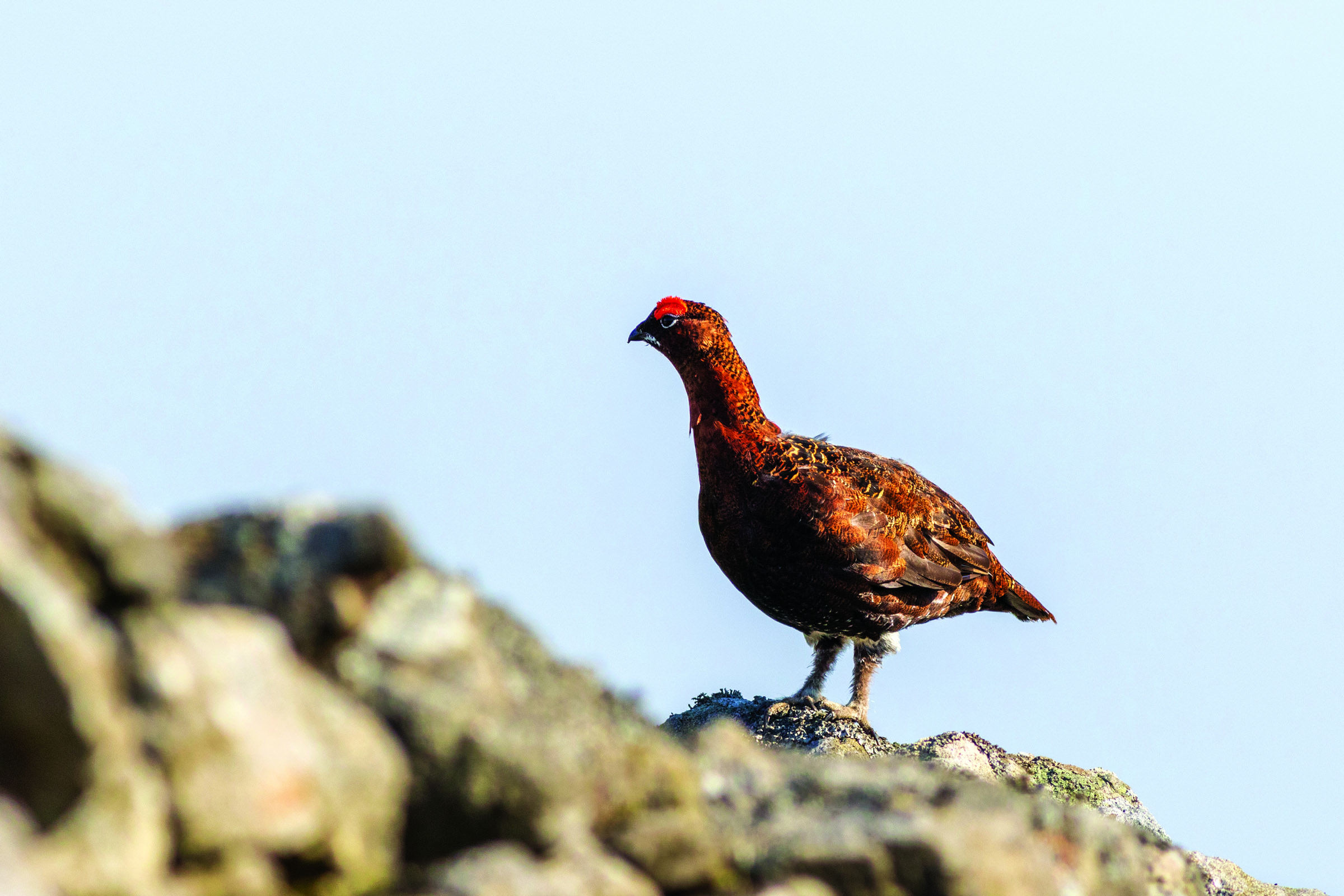One fine July day, a group of us are setting off on a day walk in the Scottish Highlands, not too far from the Queen’s holiday home, Balmoral Castle, over the windswept moors of the Cairngorms.
Clouds zoom across the sky, sending spotlights of sunshine careening across the scrubby, calf-high heath and illuminating the mosaic of the moor: swathes of brilliant purple flowers, grey charred vegetation and the verdancy typical of new growth. This patchwork is crafted by farmers, whose burning practices encourage new heath to grow, as well as plants that provide food for red grouse, deer and flocks of sheep that dwell on the moors.
Huffing and puffing up the tallest hill of our walk, I drag my eyes away from the vista to spot a dead mole lying in the middle of the rocky track. The perfect little corpse is about the size of a large pear. It seems relatively fresh – insects are yet to find it, perhaps put off by the shearing wind – so we stop and admire its velvety black coat and weirdly alien long-toed forearms, exquisitely built to burrow.






As we continue our walk, we don’t come across any other moles, dead or alive, but find a few wire cages with spring-loaded doors, set up on logs. These are designed to trap smaller mammals, such as stoats and weasels. Spread around far as the eye can see – which is far when there are no trees – are thousands of sheep accompanied by lambs only a few months old.
The thing is, we’re in the Cairngorms National Park, which, at around 1,100 square kilometres, is the UK’s largest national park. We wonder, how is such intensive farming and killing of native animals allowed here?
It turns out that not all national parks are created equal.
The UK’s definition of a national park, and what can and can’t happen within it, is quite different to Australia’s. Not counting marine parks, Australia has around 1,300 national parks. The relevant states and territories are responsible for all but six. These – Uluru-Kata Tjuta, Kakadu, Christmas Island, Pulu Keeling, Booderee and Norfolk Island – are managed by the federal government’s Director of National Parks.
The UK, on the other hand, has a grand total of 15 national parks, each with its own authority. These national park authorities operate under the umbrella of National Parks UK, but don’t necessarily own the land they oversee. Rather, their job is to strike a sustainable balance between conservation and use for, say, tourism and agricultural purposes.
For instance, Scotland’s two national parks – the Cairngorms, and Loch Lomond and the Trossachs – promote “sustainable use of the natural resources of the area” and “sustainable economic and social development of the area’s communities”.
So: who defines what is and isn’t a “national park”? The international definitions of protected areas are set by the International Union for the Conservation of Nature, or IUCN. National parks (category II of the IUCN’s protected areas list) were first defined in 1969 and most recently refined in 2008. They are “large natural or near natural areas set aside to protect large-scale ecological processes, along with the complement of species and ecosystems characteristic of the area”.
National parks, according to the IUCN, must also “provide a foundation for environmentally and culturally compatible spiritual, scientific, educational, recreational and visitor opportunities”.
The UK’s national parks don’t fall under this definition. They’re not alone here – there are plenty of misnamed “national parks” in the world, such as the Everglades National Park in the US, which according to the IUCN is a wilderness area (category Ib), and Zimbabwe’s Victoria Falls National Park, which the IUCN considers a national monument (category III).
If you ask the IUCN, UK national parks are technically in category V: protected landscapes/seascapes. The main point of difference from IUCN-designated national parks is that protected landscapes/seascapes include “an option of continuous human interaction”, rather than seeking to minimise human interaction and preserve the most natural state possible.
That’s why leashed dogs are pretty much allowed anywhere in UK national parks, while they’re all but banned across Australian counterparts. There’s more likely to be farms in UK national parks, and native animals like moles, weasels and stoats can be trapped and killed.
While wandering over the hills, we occasionally see red grouse suddenly flutter into the air, startling nearby lambs and ewes and sending them running among the heath. In a couple of months, the birds will be driven across the heath towards waiting hunters, who will pick them off as they take flight.
Should UK national parks be rebranded to reflect their IUCN category? Maybe, maybe not. The “Cairngorms Protected Landscape” has a couple of extra syllables – it doesn’t quite have the same ring to it, does it? But despite the beauty of the landscape we walked across, calling it a national park did feel a little like false advertising.





